Denn zum ersten Mal gewinnt mit dem Audi RS Q e-tron ein emissionsarmer Prototyp mit elektrischem Antrieb, Hochvoltbatterie und Energiewandler die härteste Langstreckenrallye. Das Team Carlos Sainz und Lucas Cruz sicherten der Marke aus Ingolstadt nach rund 7.900 Kilometern den ersten Sieg bei der Rallye Dakar. Sie rollten mit 80 Minuten Vorsprung ins Ziel.
Carlos Sainz und sein Beifahrer Lucas Cruz lagen bereits seit der sechsten Etappe ununterbrochen in Führung. Für die beiden Spanier, die bereits 2010, 2018 und 2020 als Erste ins Ziel kamen, ist es ihr Erfolg mit der vierten Marke, darunter der zweiten aus dem Volkswagen-Konzern.
 |
| Audi-Motorsportchef Rolf Michl und Carlos Sainz Foto: Michael Kunkel |
Die Rallye Dakar gilt als unberechenbar, auch diesmal konnten sich der zweimalige Rallye-Weltmeister Sainz und sein versierter
Beifahrer bis kurz vor Schluss nicht sicher sein.
Mit Sébastien Loeb und Beifahrer Fabian Lurquin aus dem
Team BRX gab es starke Verfolger, die ihren Rückstand immer weiter
verringerten, bis ihr Auto am vorletzten Tag dann einen Schaden hatte.
Audi-Motorsportchef Rolf
Michl:
„Das
war eine überwältigende Teamleistung. Alle haben an einem Strang gezogen, um Audi dieses historische
Ergebnis zu ermöglichen. Ein großes Dankeschön an dieses wunderbare
Team. Heute haben wir für Audi, aber auch in der Geschichte der Rallye
Dakar ein neues Kapitel geschrieben.“
 |
| Stéphane Peterhansel, Mattias Ekström und Carlos Sainz Foto: Julien Delfosse |
Strapazen ohne Ende
Tagesetappen von häufig mehr
als 400 Kilometern, zwei Marathon-Etappen mit eingeschränktem oder
sogar ganz ohne Service sowie 4.600 Kilometer auf Zeit und 7.883
Kilometer insgesamt prägten die Rallye Dakar 2024.
Spitzes Geröll und
Schotterpisten, aber auch turmhohe Dünenketten im Empty Quarter der
arabischen Halbinsel sowie eine oftmals schwierige Navigation verlangten
den Teams wieder einmal alles ab.
Carlos Sainz, der mit 61 Jahren auf eine rund vier
Jahrzehnte währende Rallye-Karriere blickt, verbuchte mit Lucas Cruz
insgesamt acht Führungstage auf den zwölf Etappen.
Bereits früh
hatten sich auch die beiden anderen Crews von Audi stark in Szene
gesetzt. Die Schweden Mattias Ekström und Emil Bergkvist gewannen zu Beginn
den Prolog und verbesserten sich hinter Sainz/Cruz bis zum Ruhetag nach
sechs Etappen auf den zweiten Platz.
Ein Defekt an der Hinterachse
brachte sie auf der siebten Prüfung jedoch um alle Chancen.
 |
| Stéphane Peterhansel und Beifahrer Edouard Boulanger im Audi RS Q e-tron mit der Startnummer 202 bei ihrer Wüstenfahrt. Foto: Frédéric Le Floc’h |
Stéphane
Peterhansel, mit 14 Dakar-Siegen Rekordhalter, lag nach seinem 50.
Etappensieg im Auto und seinem 83. insgesamt kurz vor der Halbzeit an
sechster Stelle.
Auch ihn und seinen
französischen Landsmann Edouard Boulanger warf ein Defekt am Hydrauliksystem auf der sechsten Etappe auf
Platz 22 zurück.
Beide Mannschaften stellten sich anschließend in
den Dienst des Teams Audi Sport.
Audi-Motorsportchef Rolf Michl und Rallye-Legende Sven
Quandt, Teamchef des Einsatzpartners Q Motorsport, verwirklichten bei
einer anspruchsvollen 46. Ausgabe der Rallye eine perfekte Strategie.
Mal ließ man sich vor der zweiten Marathon-Etappe taktisch
zurückfallen, um die Strecke nicht eröffnen zu müssen, dann um
die Unterstützung des Führungsteams Carlos Sainz/Lucas Cruz.
Alle zogen mit, die Strategen im Hintergrund
konnten sich jederzeit auf eine starke Fahrermannschaften verlassen.
Auch das Teampersonal drumherum zeigte sich bei der physisch fordernden, langen und
harten Rallye unermüdlich und zuverlässig.
 |
| Audi RS Q e-tron mit der Startnummer 207 (Mattias Ekström/Emil Bergkvist) Foto: Marcin Kin |
Mehr zur Dakar hier:
Hier noch einige Fotos vom Rennen (Dank dafür an A.S.O.):
To our english readers
- The 46th edition of the Dakar, the 5th to be organised in Saudi Arabia, has finished after more than 4,700 kilometres of specials and a total distance of almost 8,000 kilometres, which tested the riders, drivers, co-pilots and crews, from the ancient city of AlUla to the shores of the Red Sea, passing through the oceans of dunes in the Empty Quarter.
- The major winners of the 2024 edition have each, in their own way, taken advantage of teams capable of building success based on their collective strength. Among the favourites in the Monster Energy Honda clan, American Ricky Brabec won a second title following his triumph in 2020, by resisting Ross Branch on his Hero, the first Indian bike to grace the Dakar podium, onto which Adrien Van Beveren climbed for the first time in his career, with third place, also riding a Honda.
- In the car category, there was an unexpected consecration for the hybrid Audi driven by Carlos Sainz. In his duel with Sébastien Loeb, who in the end finished 3rd, the Spaniard picked up his fourth title thanks partially to the back-up provided by his team-mates Stéphane Peterhansel and Mattias Ekström, as El Matador finished with a lead of 1 hour and 20 minutes over Belgian Guillaume de Mevius.
- In total, 239 vehicles (versus 340 that took starter’s
orders) reached Yanbu, including 96 bikes (vs 132), 7 quads (vs 10), 55
Ultimate class cars (vs 70), 3 Stock class cars (vs 3), 29 Challenger
class cars (vs 42), 28 SSVs (vs 36) and 21 trucks (vs 47). Among them, the riders, drivers and crews of 182 vehicles
were able to climb onto the final podium to receive a finisher’s medal,
with the remainder not having completed the entirety of the route.
Lord of the rings
Not many observers were ready to bet on a happy end for Audi’s
adventure on the Dakar.
When it decided in 2022 to embark on the daring
gamble of leading a hybrid vehicle to success, the German constructor
made a strong impact by hiring Stéphane Peterhansel, Carlos Sainz and Mattias Ekström.
It then made a very good first impression by immediately winning 4
stages, with the Spanish champion the first driver that year to give
shape to such an ambitious technological revolution. Perhaps it was a
sign of destiny, even when the RS Q e-Tron cars went through lean times,
specifically on the 2023 vintage, when only one of the three vehicles,
driven by Ekström,
made it to the finish in 14th place in the general rankings.
The rest of
the season was not much better, despite the single Audi victory
obtained by ‘Peter’ in Abu Dhabi. The trio even seemed
somewhat down in the dumps on arriving in AlUla.
Everything changed in
the Empty Quarter, which Carlos Sainz approached
without having made the slightest mistake before resisting the
difficulties of the 48 HR Chrono stage while all his rivals were
scattered all over the place: Yazeed Al Rajhi rolled his car and exited the race, Nasser Al Attiyah plummeted out of the reckoning on his favourite terrain, though Sébastien Loeb
breathed new life into his quest for overall victory and represented a
genuine threat for week two.
The promised duel indeed took place and
both El Matador and the hunter from Alsace hit stumbling blocks,
especially on stage 10.
While Carlos was able to take
advantage of support from his two team-mates, who were distanced in the
general rankings but still able to provide a reassuring convoy for their
team leader, Seb, forced to embark on a risky
high-speed chase, eventually failed in his comeback, yet he did manage
to save a place (3rd) on the final podium in extremis, the 5th of his
career in eight participations.
Arriving in Yanbu as the four-ringed
brand’s hero, Sainz sealed a fourth victory on the Dakar, putting him on par with Ari Vatanen
in the history books, but having won with four different constructors
(Volkswagen, Mini, Peugeot and Audi) over a 14-year period!
Between Sainz’s Audi and Loeb’s
Prodrive Hunter, a third brand climbed onto the podium (a first since
2019), but it was not driven by the most expected pretender at this
level.
Following the departure of Al Attiyah, Toyota were considerably counting on Yazeed Al Rajhi to pick up the torch, but that came to nothing. Instead, Guerlain Chicherit
was among those best placed to finally achieve consecration, though a
poor start with a time loss of 1 hour and 30 minutes on stage 4 put paid
to his chances.
Nevertheless, the man from Savoy managed to bounce back
in a battling manner to obtain the best finish of his career, at the
foot of the podium, with two stage wins under his belt.
Above all, Chicherit can be delighted that his team recruited their own prodigal son, young Belgian driver Guillaume de Mevius,
who, also behind the wheel of a Hilux, reached the second step of the
final podium on his first participation in the queen category.
In the
Toyota clan (combining Overdrive and Gazoo Racing) this will have helped
to swallow the rather bitter pill of Seth Quintero’s lukewarm debut (40th) or the tumble down the general rankings from 3rd to 9th place suffered by Lucas Moraes two days from the finish.
The top ten places were at a premium at the end of this week, because behind Martin Prokop,
the 3rd former WRC driver in the top 5, the five other members of the
elite were all within a 25-minute time bracket and all changed positions
during the last three days: for better for Guy Boterill (6th), Giniel de Villiers (7th) and Benediktas Vanagas (8th), but for worse for Moraes (9th) and Mathieu Serradori
(10th).
For the third best placed Frenchman, it will be scant
consolation that he finished with the title for two-wheel drive cars,
given that he was still in 6th place at the start of stage 11.
Tipps zur Blog-Nutzung
Alles rund um Mobilität: Autos, Bikes, Räder, Auto-Reisen,Nutzfahrzeuge, Insider-Tipps, Motorsport, Verkehrsrecht und vieles mehr
Zur Startseite dieses Blogs geht es hier:
https://mobilitaet-heute.blogspot.com
Einfache Themensuche
1. oben im Blog mit der Lupe
(Suchwort eingeben, alles dazu wird gezeigt)
2. Kästen am Textende anklicken
Interessantes senden an:
achim.stahn@interpress-ipr.de
want to know more
Einfache Themensuche
1. oben im Blog mit der Lupe
(Suchwort eingeben, alles dazu wird gezeigt)
2. Kästen am Textende anklicken
Interessantes senden an:
achim.stahn@interpress-ipr.de












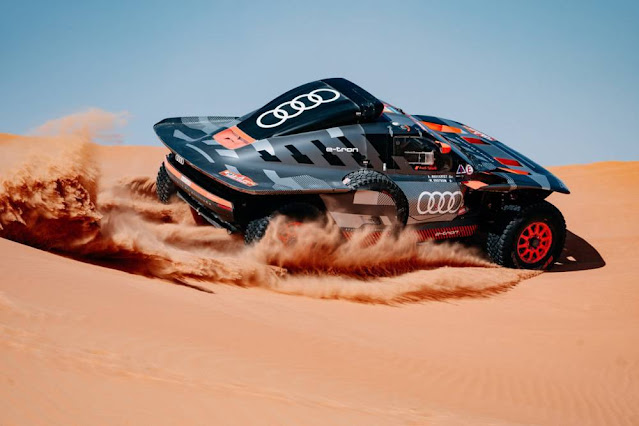



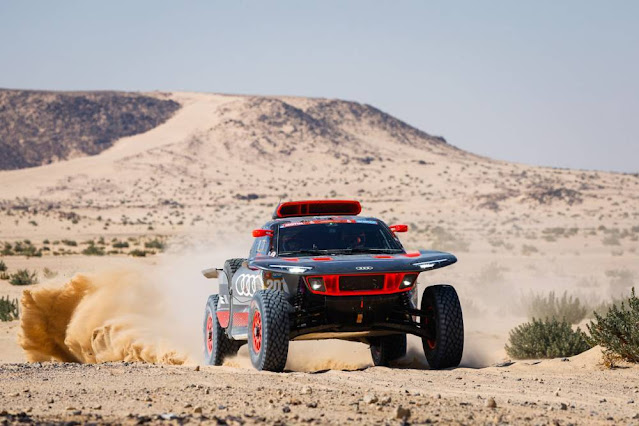
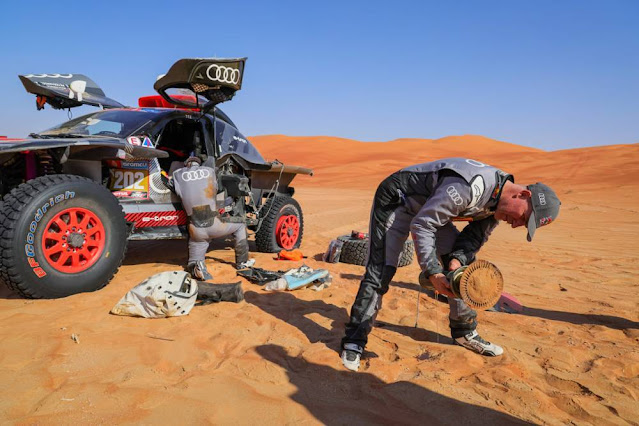
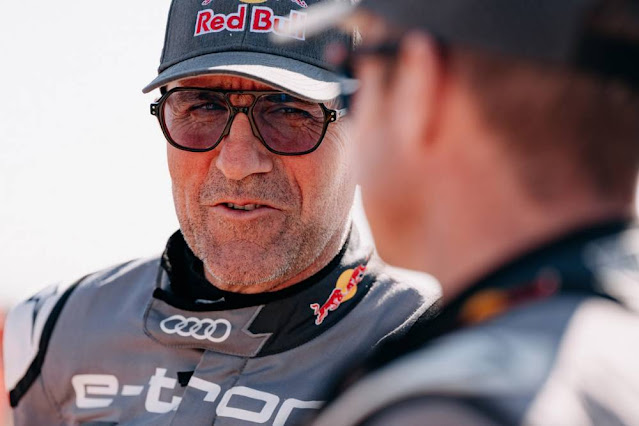

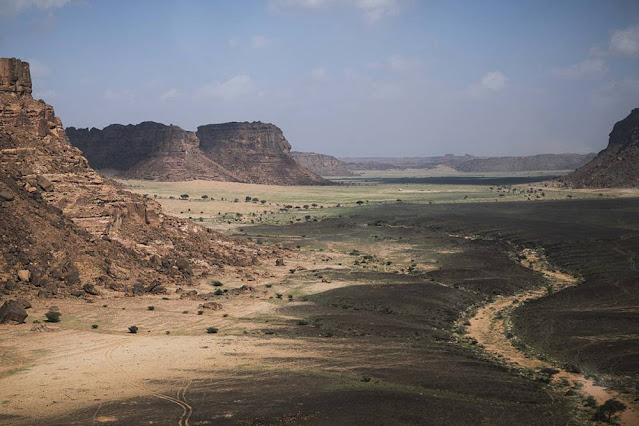





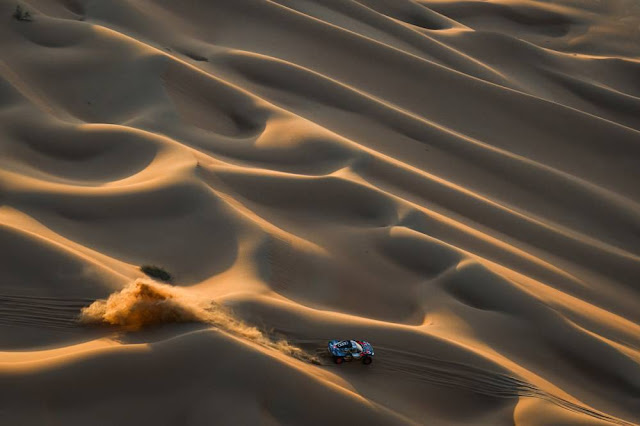
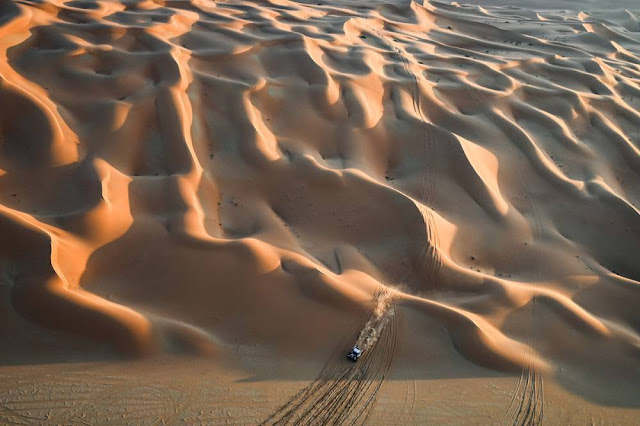




Kommentare
Kommentar veröffentlichen